Introduction
Walk into any art bookstore, film class, or Reddit thread on animation, and one name consistently floats to the top like soot sprites in a sunbeam: Studio Ghibli.
Whether it’s the cuddly forest spirit Totoro, the sprawling steampunk castles, or the heartbreakingly quiet countryside in Only Yesterday, there’s something about Ghibli’s world that makes you want to crawl inside and stay awhile. But what exactly is it about this particular style of art and storytelling that continues to captivate minds across continents and generations?
Read More- Comfort Tv Shows and Movies
What is Studio Ghibli, Anyway?
Studio Ghibli is a Japanese animation studio founded in 1985 by legendary filmmakers Hayao Miyazaki and Isao Takahata, with producer Toshio Suzuki. Known for creating films like Spirited Away (which won an Academy Award in 2003), Princess Mononoke, Howl’s Moving Castle, and My Neighbor Totoro, the studio is more than just an animation powerhouse—it’s a portal to other worlds.
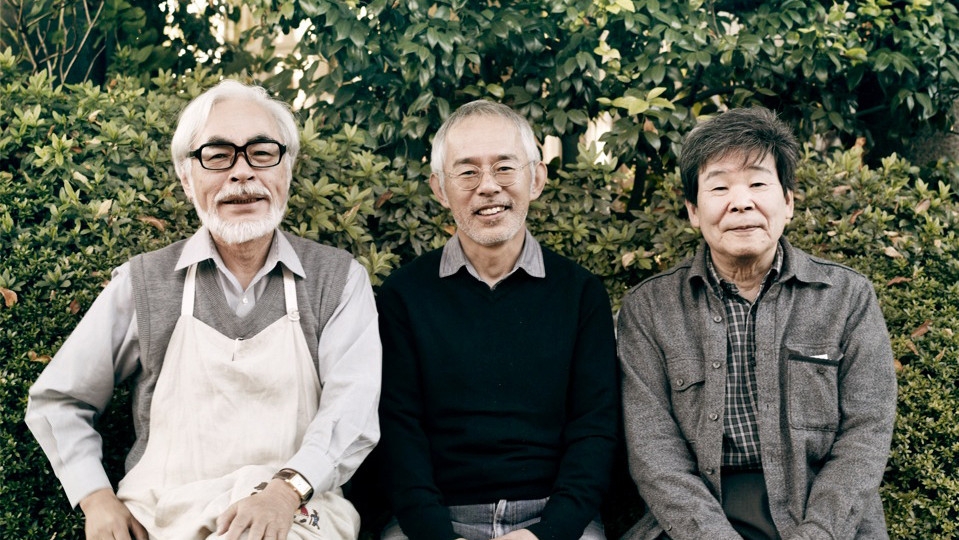
But these aren’t your typical fantasy worlds. They’re dreamy, hand-drawn environments full of whimsy and weirdness—often quietly emotional, deeply spiritual, and visually hypnotic.
Why is It Trending?
Studio Ghibli is trending once again—not just because of its timeless stories or the buzz around The Boy and the Heron, but because people are craving something real, something made with care. In a world saturated with digital noise and soulless CGI, Ghibli’s hand-drawn frames feel like a breath of fresh air. They remind us of the power of human touch, of slow storytelling, and of worlds built not by algorithms but by artists who pour their hearts into every stroke.
This resurgence is more than nostalgia—it’s a wake-up call. It’s a reminder of why we need to support local artists and traditional crafts. Behind every watercolor sky and every animated breeze are real people, many of whom work quietly, without the spotlight, creating beauty that holds emotional weight. Supporting local artists means preserving these kinds of stories—the ones that reflect our communities, cultures, and inner lives. It means valuing authenticity over mass production, and soul over scale.

When we champion creators like those at Studio Ghibli—and the local talents echoing that spirit—we’re not just keeping art alive. We’re choosing a future where beauty, meaning, and craftsmanship still matter.
1. Nostalgia for a Place You’ve Never Been
There’s a quote that floats around the internet-
“Ghibli movies feel like memories of a place you’ve never actually visited.”
That’s not just poetic—it’s psychological.
Psychologist Krystine Batcho (1998) describes nostalgia as a bittersweet emotion that connects us with our sense of identity and belonging. Ghibli taps into this by showing us childhood as it feels, not just how it looks: the rustle of wind through tall grass, the sound of cicadas, an afternoon nap in a sun-dappled room. Whether you grew up in Tokyo or Toronto, those scenes hit something deep.
This is nostalgia without the kitsch—an emotional anchor, floating in a fantasy.
2. Beauty That Gives You Chills
Ever felt goosebumps during a quiet Ghibli scene—not because something dramatic happened, but just because it was so… beautiful?
That’s called an aesthetic chill, a physical reaction to beauty studied in psychology (Zentner et al., 2008). Ghibli excels at evoking this through slow pans of landscapes, color palettes pulled straight from dreams, and lovingly rendered details—a bowl of ramen, the steam from a bathhouse, a flying machine creaking mid-air.

These tiny visual pleasures stimulate our reward systems in the brain, making us feel emotionally safe and inspired all at once.
3. The Magic of Nature—and the Nature of Magic
Ghibli doesn’t just show nature—it worships it. Trees breathe. Rivers hold grudges. Wolves talk. Even soot has personality.
This worldview aligns with the Japanese concept of mono no aware, which loosely translates to “an awareness of the impermanence of things”—a soft sadness for the passing moment. Psychologically, this echoes Arne Næss’s idea of deep ecology, the belief that humans are spiritually connected to nature (Næss, 1989). Ghibli films make us feel that connection, not with lectures, but with visuals that are so alive they seem to breathe.
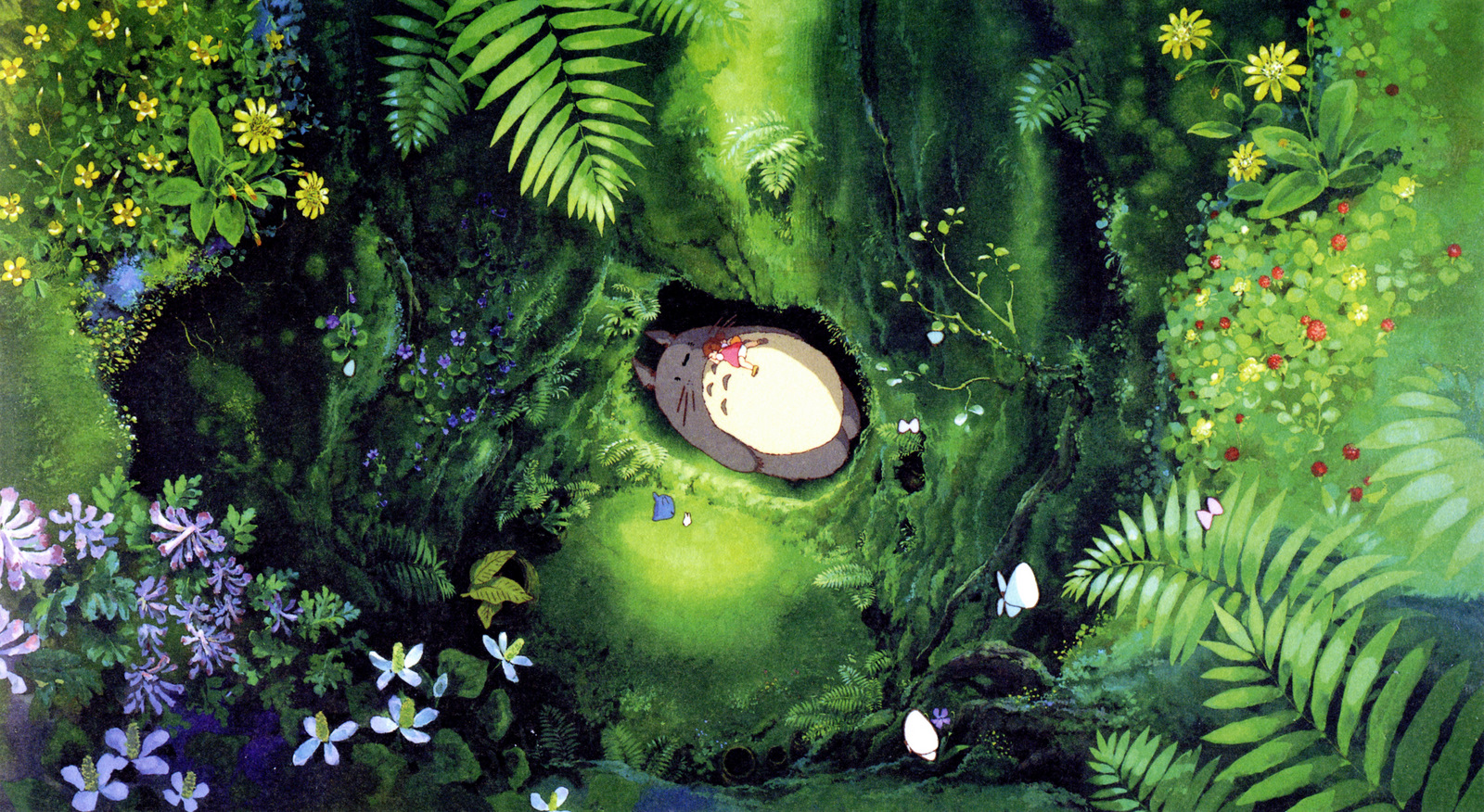
No surprise then that people often finish a Ghibli movie and feel compelled to touch grass—literally.
4. Emotional Depth Wrapped in Fantasy
Underneath the talking cats and floating islands, Ghibli films deal with real, raw emotions—loss, fear, loneliness, and the complicated journey of growing up. But here’s the trick: it’s all wrapped in a dream.
That’s where psychologist Donald Winnicott’s idea of “transitional space” comes in (Winnicott, 1971). He argued that fantasy and play help us process difficult emotions in a safer way. In Ghibli’s art, children face war (Grave of the Fireflies), abandonment (Spirited Away), and grief (When Marnie Was There), but in stylized, tender ways that help the audience engage rather than withdraw.
It’s therapy disguised as wonder.
5. Archetypes, Universality, and the Collective Unconscious
Even if you’ve never watched anime, you somehow know the characters: the mysterious stranger with a troubled past (Howl), the strong-willed girl finding her way (Chihiro), the wise granny, the chaotic magical creature.
These aren’t just tropes—they’re Jungian archetypes (Jung, 1969), recurring symbols embedded in our collective unconscious. Ghibli uses them not lazily, but lovingly, turning familiar character types into emotionally complex, morally ambiguous figures we want to spend time with.

And maybe that’s the real magic: we don’t just watch Ghibli characters—we relate to them, even when they’re half-wolf or made of soot.
Why We Keep Coming Back
The fascination with Studio Ghibli art isn’t just about aesthetics. It’s about how it makes us feel. Through carefully crafted visuals, timeless themes, and psychological nuance, Ghibli touches something primal—our longing for beauty, for meaning, for connection.
In a world that often feels rushed and artificial, Ghibli invites us to slow down, breathe deeply, and remember what it feels like to see the world with wonder.
References
Batcho, K. I. (1998). Personal Nostalgia, World View, Memory, and Emotionality. Perceptual and Motor Skills, 87(2), 411–432.
Zentner, M., Grandjean, D., & Scherer, K. R. (2008). Emotions Evoked by the Sound of Music: Characterization, Classification, and Measurement. Emotion, 8(4), 494–521.
Næss, A. (1989). Ecology, Community and Lifestyle: Outline of an Ecosophy. Cambridge University Press.
Winnicott, D. W. (1971). Playing and Reality. Routledge.
Jung, C. G. (1969). The Archetypes and the Collective Unconscious. Princeton University Press.
Subscribe to PsychUniverse
Get the latest updates and insights.
Join 3,022 other subscribers!
Niwlikar, B. A. (2025, April 7). 5 Deep Psychological Truths That Make Studio Ghibli Films Unforgettable. PsychUniverse. https://psychuniverse.com/studio-ghibli/
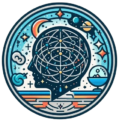
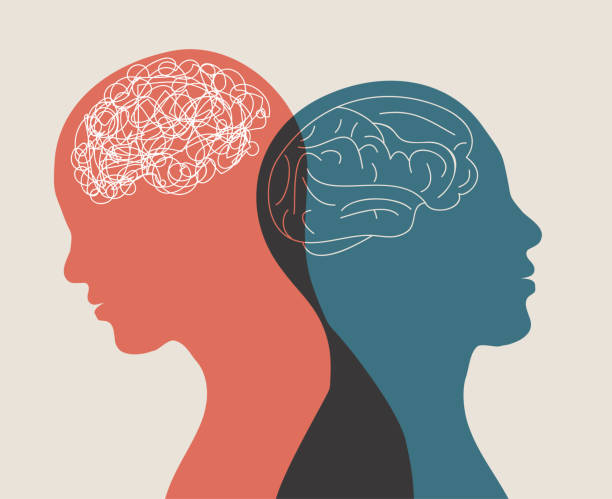

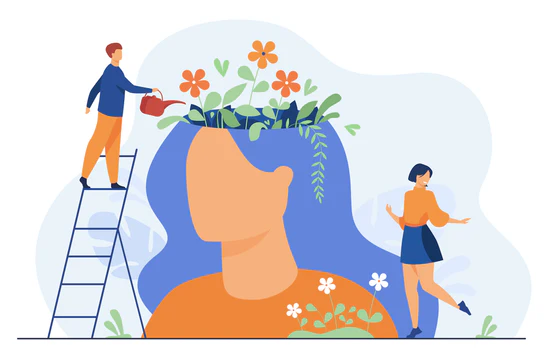
Pingback: My Homepage
Pingback: ดูหนังรอยรักหนึ่งร้อยวัน
Pingback: ดูหนังออนไลน์ฟรี
Pingback: uspin88
Pingback: แทงหวย24
Pingback: therapy website builder
Pingback: หนังโป๊
Pingback: ufabet789
Pingback: โคมไฟ
Pingback: บาคาร่าเกาหลี
Pingback: เว็บพนันออนไลน์เกาหลี
Pingback: fear of god essentials
Pingback: shisha shop
Pingback: House Painters Tucson
Pingback: BETFLIX
Pingback: เน็ตบ้าน ais
Pingback: ตรวจสอบสลิปโอนเงิน
Pingback: ดูหนังออนไลน์ฟรี
Pingback: ติดเน็ตบ้าน ais
Pingback: sexy168